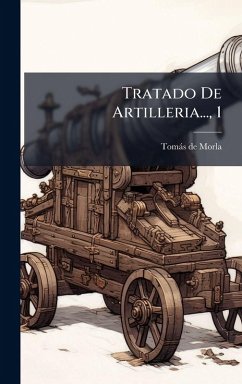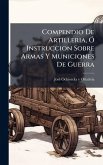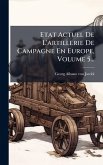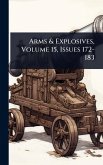Tratado De Artilleria..., 1, written by Tomás de Morla, offers a comprehensive exploration of artillery and its applications. This treatise delves into the technical aspects of artillery, providing detailed insights into the construction, operation, and strategic deployment of cannons and other artillery pieces. Addressed to military engineers, officers, and historians, this book serves as an invaluable resource for understanding the advancements and practices of artillery during its time. Morla's work provides a detailed view into the military technology and strategic thinking of the era. A significant contribution to military science, reflecting the evolution of warfare and engineering, it is essential for anyone studying military history and technological innovation. This work has been selected by scholars as being culturally important, and is part of the knowledge base of civilization as we know it. This work was reproduced from the original artifact, and remains as true to the original work as possible. Therefore, you will see the original copyright references, library stamps (as most of these works have been housed in our most important libraries around the world), and other notations in the work. This work is in the public domain in the United States of America, and possibly other nations. Within the United States, you may freely copy and distribute this work, as no entity (individual or corporate) has a copyright on the body of the work. As a reproduction of a historical artifact, this work may contain missing or blurred pages, poor pictures, errant marks, etc. Scholars believe, and we concur, that this work is important enough to be preserved, reproduced, and made generally available to the public. We appreciate your support of the preservation process, and thank you for being an important part of keeping this knowledge alive and relevant.
Bitte wählen Sie Ihr Anliegen aus.
Rechnungen
Retourenschein anfordern
Bestellstatus
Storno








